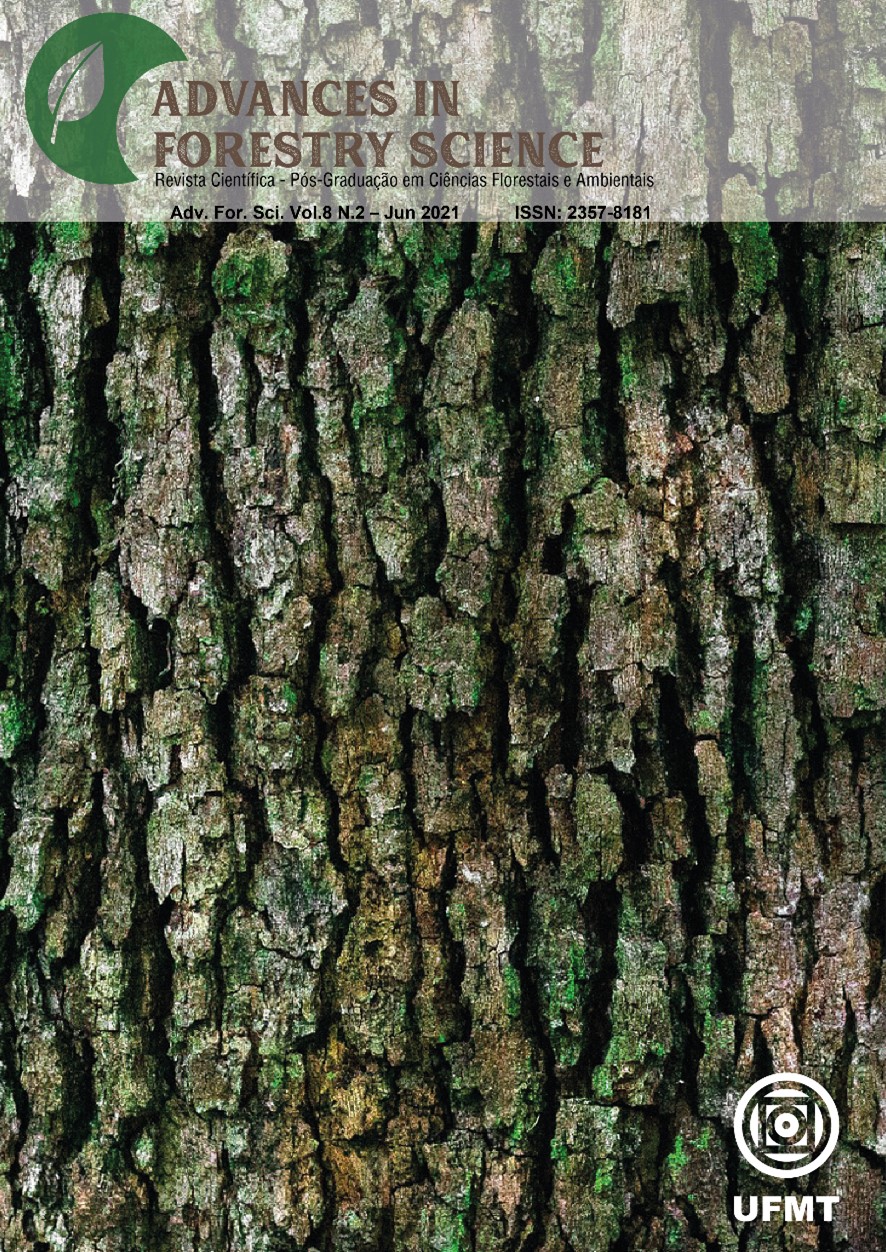Conversion of the planted forest with pinus to grain production in the Brazilian conditions: a study showing the economic perspectives
Conversion of the planted forest in Paraná
DOI:
https://doi.org/10.34062/afs.v8i2.11112Abstract
The Brazilian roundwood production of planted forest (PF) is large and turns Brazil, a prominent player on a global scale. A study was established on a farm located in Tibagi, Paraná, Brazil. We simulated two scenarios: A (continuity planting of pinus), and B (conversion of pinus to corn/soybean production). Results showed that both the productions of pinus and the rotation of soybean/corn are viable economic alternatives. If make-decided, the conversion of pinus to corn/soybean production also presented optimal with an increase of net present value, annual net present value, and internal rate of return, respectively from 9.8 %; R$ 1,519.48; and R$ 160.57 (PF), to 13.7 %; R$ 3,389.50; R$ 304.93 (soybean/corn). The rotation of soybean/corn presented a positive economic flux after the 4th crop-year due to the high initial cost of stump-removal. While, the pinus showed a positive economic flux after the 7th crop-year with the thinning/harvest in the 7th, 10th, 14th, 16th, and 20th years. Based on our results and from literature, we conclude that there is an increase of grain areas due to the influence of global grain consumption and high commodity prices, which can cause a conversion of PF to grain production areas due to higher better economic gains. However, farmers should maintain the economic-health of the property with the diversity of viable economic crops (i.e., pinus and corn/soybean), and the positive impact of planted forest on environmental sustainability.
Downloads
Downloads
Published
Issue
Section
License
All copyright must be assigned to the Federal University of Mato Grosso.

